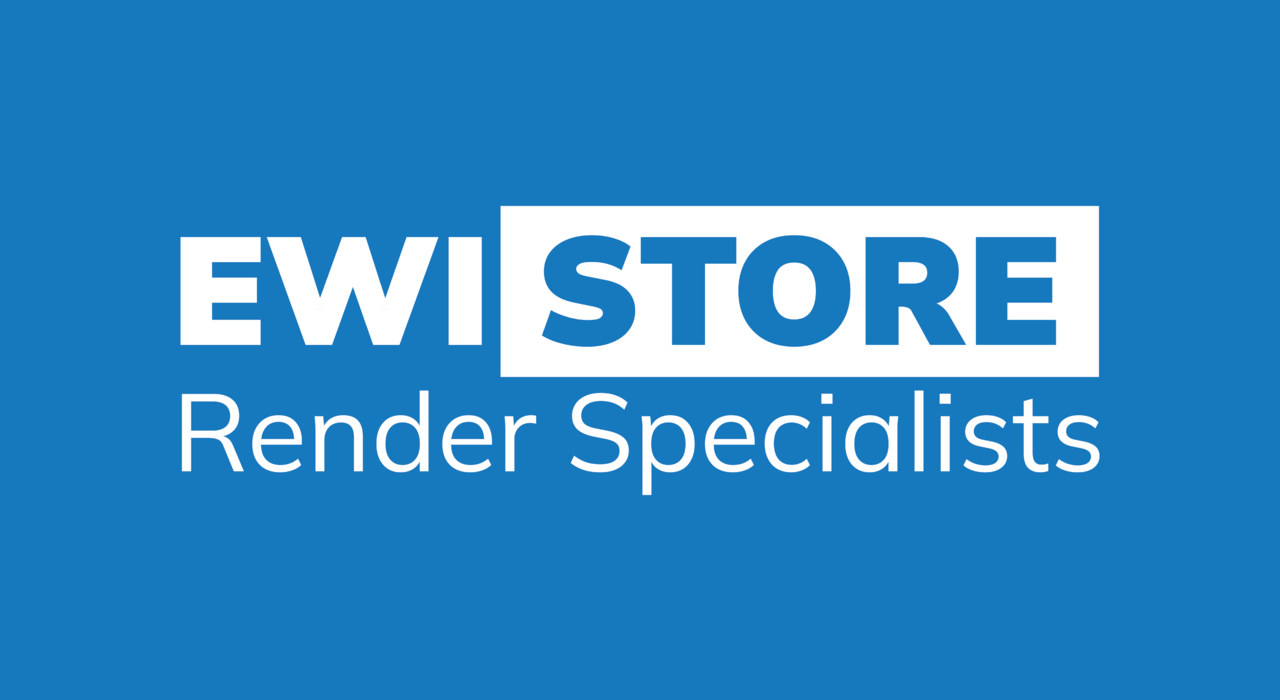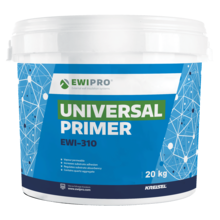
What is Pebbledash?
Pebbledash is a style of external wall covering. It is made by applying a layer of mortar to a wall and then blasting hundreds of tiny pebbles against the wall. Pebbledash is a distinct style and, in the UK, can be seen in many post-WW1 houses. This is because it is a cheap, relatively durable, and quick way to cover shoddy brickwork.
That said, pebbledash can cause problems later down the line. It is common for the pebbles to drop over time, leaving your external walls exposed to the elements. The pebbledash is also liable to cracking, which can lead to water ingress. In time, this can lead to pebbledash falling away from the wall. It can also be extremely costly to remove it if, at a later date, you want to revert back to the original brick finish of the house.
However, this costly and painstaking task can be avoided. There are two accepted ways of going about covering pebbledash. The first is to install an insulation board over the pebbledash and the second option is to apply OCDC (One Coat Dash Cover) over it. This guide will discuss the second method of applying OCDC.
We have created a handy buyers guide to equip you with all the knowledge you will need to understand the process of covering pebbledash with OCDC.
What is OCDC?
OCDC is short for the EWI-065 One Coat Dash Cover. OCDC is a cost-effective and quick way of covering over pebbledash.
It essentially transforms the look of the external walls of your pebbledash-covered property in just one coat. The One Coat Dash Cover is a lightweight and flexible solution that provides a robust base. Since it is a lightweight and breathable formula, it doesn’t put pressure on the pebbledash. Therefore, any trapped moisture within the pebbledash can escape easily and moisture build-up is minimised.
1.Priming the Pebbledash
Prior to the application of OCDC, you must prime the pebbledash. This ensures your OCDC system will last. In this instance, we highly recommend you use the EWI-310 Universal Primer. This works to create a suitably abrasive surface for One Coat Dash Cover to adhere to.
Before priming, you should be sure to remove loose elements from the surface and check for structural stability if painted.
EWI-310 Universal Primer’s coverage is 15L/50m2 and has a drying time of 4 hours per coat.
2.Preparing the OCDC
One Coat Dash Cover comes in a dry mix bag of 25kg. Once opened, you should use an electric paddle mix to combine the contents of the bag with 6.3 litres of clean, potable water. To achieve the recommended consistency, we suggest mixing the basecoat mixture for 2-3 minutes.
Once mixed, the time you will have to use the mixture can vary depending on the temperature it is stored at. For example, if stored at a temperature of +20oC, you will have approximately 3 hours to use the mixture before it dries. If stored at +25oC, you will have approximately 1 hour.
The coverage of the mixture is 2.5m2 per 25kg bag.
3. Applying the OCDC
EWI-065 OCDC is extremely breathable and lightweight. As such, it can be applied up to a thickness of 20mm in one go, using a spray machine or plastering trowel. It should be noted that, should you wish to apply two coats, you should not exceed a 50mm thickness for the basecoat. We recommend priming the first pass of OCDC with EWI-310 Universal Primer to produce a mechanical key.
Following this application, your next port of call should be to embed it with a layer of fibreglass mesh.
At EWI store, we offer two high strength meshes to suit your project’s needs. Both meshes are coated with acrylic acid copolymer liquid for a long-lasting effect. Below is a breakdown of each mesh’s capabilities:
- Orange Fibreglass Mesh: For guaranteed strength and flexibility. This mesh is water-resistant and protects against alkali damage and aging. 1 x 50m2 roll covers 42.5m2 when overlapped.
- Panzer Fibreglass Mesh: Our strongest mesh available guarantees a premium level of impact and crack resistance against the elements. 1 x 25m2 roll covers approximately 22.5m2 when overlapped.
4. Applying the Decorative Finish
Once the basecoat layer has been set, you can apply a decorative finish. For this layer, you have the option of either applying a render or a paint.
If you decide to apply a decorative render, you will need to apply the Top Coat Primer between the basecoat and render to aid adhesion and reduce suction.
Once the primer has dried, a Silicone render can be applied. We highly recommend using our EWI-075 Silicone Render. EWI-075 Silicone Render is breathable, hydrophobic, and self-cleaning. This ensures a long-lasting exterior for years to come.
On the other hand, you can choose to paint over the substrate. In this instance, we suggest the EWI-005 Silicone Paint. This works to create a breathable, waterproof surface that is highly resistant to environmental pollutants.
Download our Complete Guides
All products mentioned are available in the EWI Store. If you have any further questions, our Sales team will be happy to assist on 0203 034 00 22.
You can download a copy of our complete guide below.

